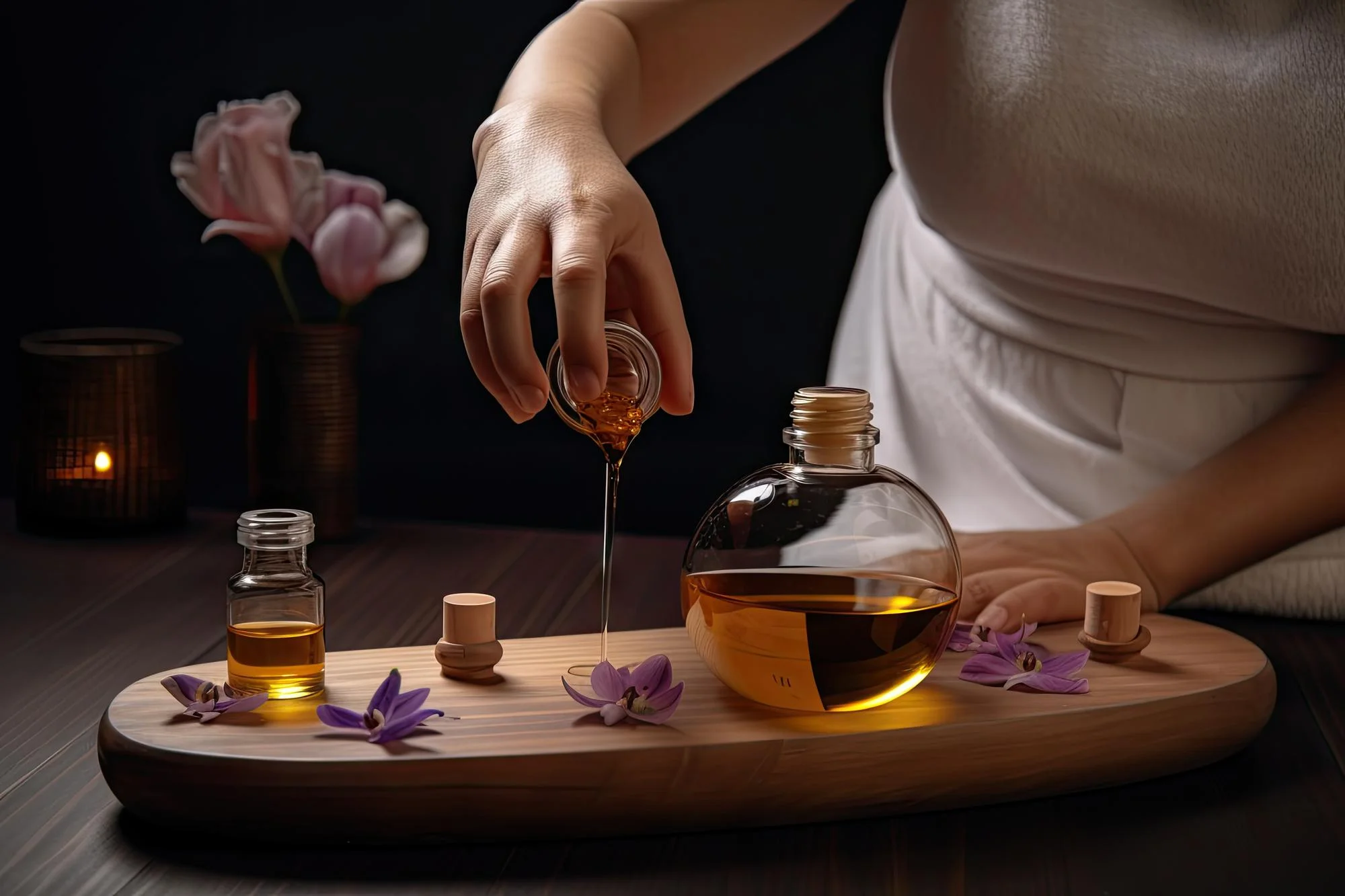Introduction
Moxibustion, a traditional Chinese medicine therapy, which involves the burning of mugwort (Artemisia vulgaris) on or near the skin to facilitate healing, has been utilized for thousands of years. It has been applied to treat various ailments, leveraging the heat generated from mugwort to stimulate specific body points. While its usage spans a rich history, modern science has sought to explore and validate the physiological effects moxibustion has on the human body. A recent study published in “Evidence-based Complementary and Alternative Medicine” by Li Ying et al. (2019) investigates the response of local and distal skin temperature to moxibustion stimulation (MS) as well as the effects of MS on sympathetic nerve activity. This in-depth news article delves into the study’s findings and its implications for the broader medical field.
Study Overview
The study (DOI: 10.1155/2019/3185987) conducted by Li and colleagues at the Key Laboratory of Thermo-Fluid Science and Engineering of MOE, Xi’an Jiaotong University, China, aimed to investigate the underlying mechanisms by which moxibustion exerts its effects, particularly in terms of thermal response and its correlation with the sympathetic nervous system.
Methodology
Thirty-six healthy participants were divided into three groups, each receiving MS at either the Quze (PC3) or Lao Gong (PC8) acupoints, with the latter also being tested with an ash cleaning (AC) operation. The fingertip temperatures, indicative of sympathetic reflex responses, were recorded alongside temperatures at the local stimulation points and corresponding control points during a resting period, an MS period, and a natural cooling period, using an infrared camera.
Findings
The results demonstrated a significant and immediate increase in temperature at the local stimulation point at the beginning of the MS period, accompanied by a simultaneous decrease in fingertip temperature. This was suggested to be a manifestation of MS evoking a reflexive sympathetic reaction, leading to a reduction in peripheral blood flow and a subsequent decrease in skin temperature distally.
Moreover, a marked and negative correlation was found between temperature changes at the stimulation point and the fingertips. Throughout the natural cooling period, the impacted skin regions gradually returned to their baseline temperatures. Notably, the practice of AC during MS influenced these thermal changes.
Implications
The findings from Li Ying and team’s study provided important insights into how moxibustion can influence the body’s thermoregulatory processes and the sympathetic nervous system. Their work elucidated that moxibustion, a key component of ancient Chinese medical practice, causes measurable physiological responses and could potentially impact sympathetic-mediated processes.
Applications of Findings
These results have significant implications for the therapeutic application of moxibustion, as it continues to be used in modern alternative medicine. Understanding the physiological mechanisms allows for better-targeted therapies and the potential integration of moxibustion into broader treatment plans. It also opens avenues for exploring its use as a non-invasive option for conditions associated with dysregulation of sympathetic nerve activity.
Keywords
1. Moxibustion Therapy
2. Skin Temperature Regulation
3. Sympathetic Nerve Activity
4. Traditional Chinese Medicine
5. Infrared Thermal Imaging
References:
1. Li Ying, Sun Chao, Kuang Jiujie, Ji Changchun, Wu Jiangtao. (2019). The Effect of Moxibustion Stimulation on Local and Distal Skin Temperature in Healthy Subjects. Evidence-based Complementary and Alternative Medicine: eCAM [Online]. doi: 10.1155/2019/3185987
2. Kistler, A., Mariauzouls, C., & von Berlepsch, K. (1998). Fingertip temperature as an indicator for sympathetic responses. International Journal of Psychophysiology, 29(1), 35–41. doi: 10.1016/S0167-8760(97)00087-1
3. Deng, H., & Shen, X. (2013). The mechanism of moxibustion: ancient theory and modern research. Evidence-Based Complementary and Alternative Medicine, 2013, 379291. doi: 10.1155/2013/379291
4. Lin, L.-M., Wang, S.-F., Lee, R.-P., et al. (2013). Changes in skin surface temperature at an acupuncture point with moxibustion. Acupuncture in Medicine, 31(3), 195–201. doi: 10.1136/acupmed-2012-010268corr1
5. Xu, Q., Yang, J., Wang, L., et al. (2014). Use of laser speckle contrast imaging to reveal changes in temperature and blood perfusion in the skin of healthy subjects after administration of heated moxa sticks and Daiwenjiu ointment. Journal of Traditional Chinese Medicine, 34(4), 455–459. doi: 10.1016/S0254-6272(15)30046-7
Utilizing the research provided by Li Ying and colleagues, the aforementioned news article combines scientific data with practical implications for the application of moxibustion in alternative medicine realms. This insightful composition aims at both a scientific and a public audience interested in traditional therapies and their physiological mechanisms, balancing technical precision with approachability.
